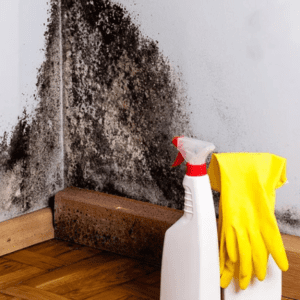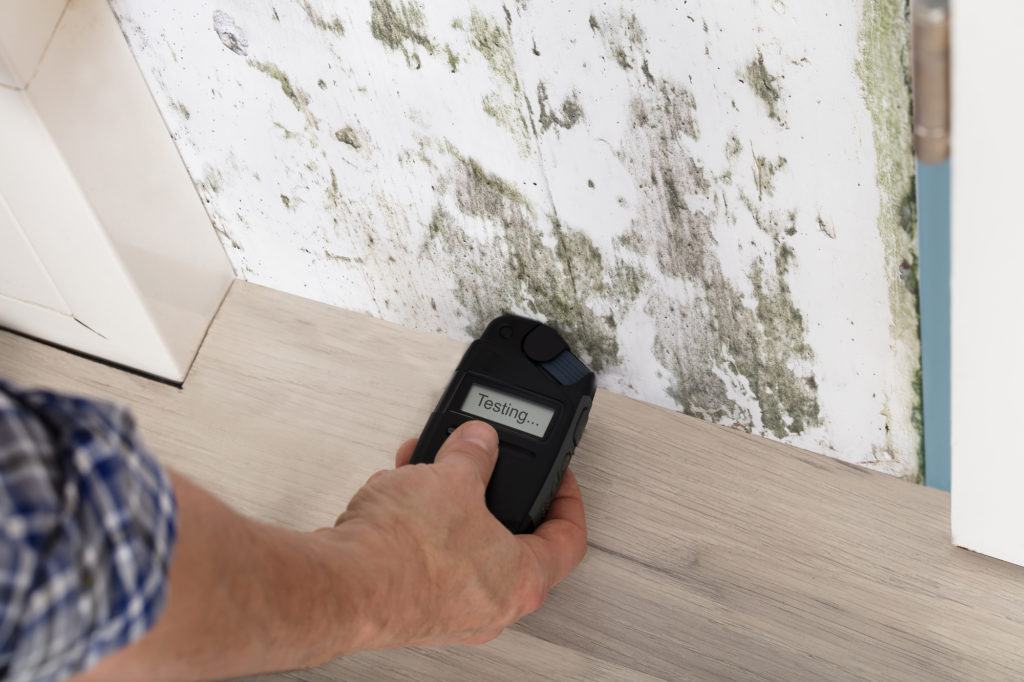Comprehensive Post Mold Remediation Procedures
Comprehensive Post Mold Remediation Procedures
Blog Article
Your Ultimate Guide to Blog Post Mold And Mildew Remediation Strategies
In the after-effects of mold invasion, knowing just how to efficiently get rid of the mold and stop its reoccurrence is paramount for preserving a healthy and balanced indoor atmosphere. From picking the appropriate cleaning and sanitizing methods to implementing techniques for long-term mold avoidance, each action in the removal journey plays an important duty in making sure a successful end result.
Comprehending Post-Mold Remediation Process
After completing the mold and mildew remediation procedure, it is crucial to understand the post-mold removal strategies that are essential to make sure a extensive and reliable clean-up. When the mold and mildew has actually been eliminated, the following step involves cleansing and disinfecting the affected locations to avoid any kind of regrowth of mold and mildew. This includes using specialized cleaning up agents to clean down surface areas and kill any type of remaining mold spores. It is necessary to dry out the area totally to discourage the growth of mold and mildew in the future (After mold remediation). Appropriate air flow and dehumidification can assist in this process.
Moreover, conducting a last assessment post-remediation is important to guarantee that all mold has been efficiently eliminated. If the assessment reveals any kind of lingering mold, added removal might be required.
Efficient Cleansing and Disinfecting Approaches

Preventing Future Mold Development

Relevance of Appropriate Air Flow
Appropriate ventilation plays a vital function in preventing moisture accumulation, a crucial aspect in mold development within indoor atmospheres. Efficient ventilation systems aid eliminate excess humidity from the air, minimizing the chances of mold and mildew spores finding the wetness they require to sprout and spread out. Without adequate ventilation, interior areas can end up being a breeding ground for mold, causing possible health and wellness dangers and architectural damages.
By ensuring appropriate air flow, air flow systems can additionally aid in drying out damp locations extra rapidly after water damage or flooding occurrences, even more hindering mold development. what to do after mold remediation. In spaces like bathrooms, attic rooms, cellars, and kitchens where moisture levels have a tendency to be greater, mounting and maintaining efficient air click this link flow systems is essential in preventing mold and mildew invasions

Monitoring and Upkeep Tips
Given the essential duty that correct ventilation plays in stopping mold and mildew development, it is imperative to establish effective surveillance and maintenance suggestions to guarantee the ongoing functionality of ventilation systems. Tracking moisture levels within the home is likewise critical, as high humidity can add to mold development. By remaining proactive and conscientious to the condition of ventilation systems, home proprietors can effectively reduce the risk of mold regrowth and preserve a healthy interior setting.
Conclusion
To conclude, post-mold removal techniques are vital for ensuring a clean and risk-free atmosphere. Comprehending the process, executing efficient cleansing and decontaminating approaches, avoiding future mold development, keeping proper ventilation, and routine tracking are all vital action in the removal process. By complying with these standards, you can efficiently remove mold and avoid its return, working or advertising a healthy living space for all passengers.
In the after-effects of mold and mildew invasion, understanding how to properly get rid of the mold and avoid its address reoccurrence is paramount for keeping a healthy interior environment. When the mold has actually been gotten rid of, the following action entails cleansing and sanitizing the impacted areas to protect against any regrowth of mold - After mold remediation. After removing visible mold and mildew development, it is crucial to clean all surface areas in the damaged location to eliminate any type of continuing to be mold spores. To even more improve mold avoidance measures, it is necessary to deal with underlying problems that originally led to mold and mildew development.Provided the essential role that correct air flow plays in avoiding mold development, it is imperative to develop efficient tracking and upkeep pointers to guarantee the ongoing functionality of ventilation systems
Report this page